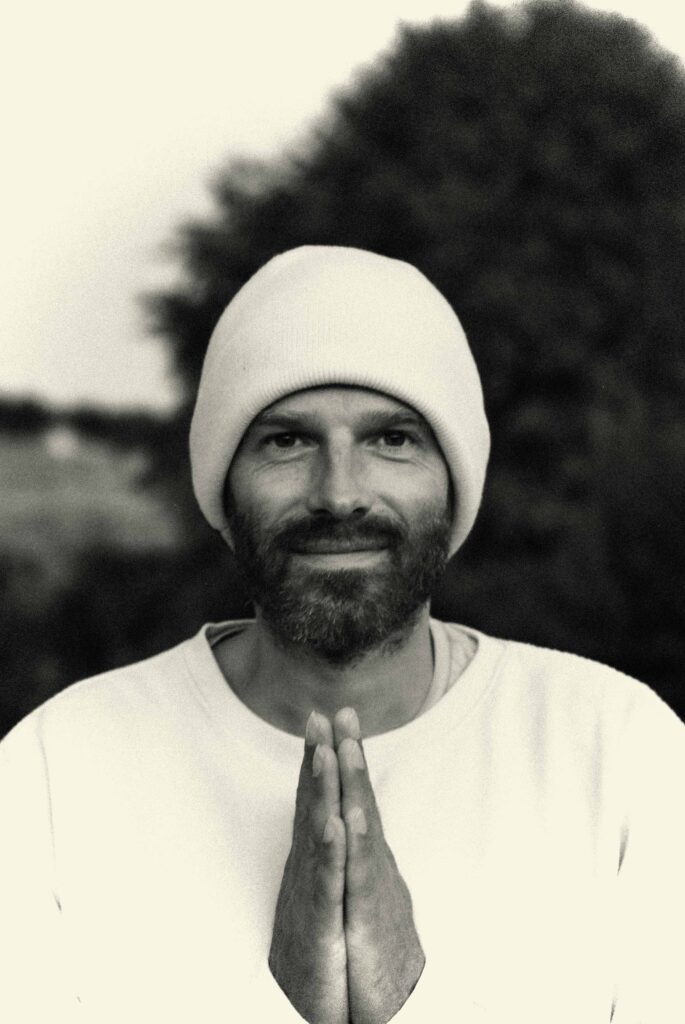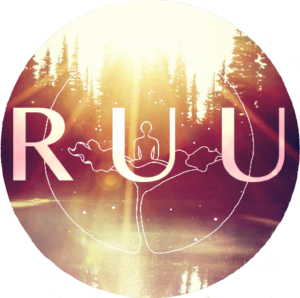Some kind of daily practice is essential!
give yourself half a chance to be an organised energetic system. Come yoga!
Some kind of daily practice is essential!
give yourself half a chance to be an organised energetic system. Come yoga!
Yoga is incredible. I love Yoga! For me if I had to chose one daily practice, Yoga would be the one! Feel great NOW! Yoga has been a part of my life since I awoke in 1995. From Hatha to Flow, Yin to Power, I just love it!
The web abounds with the health benefits of Yoga…
“If you’ve done your “downward dog” yoga pose today, you’re probably feeling more relaxed. Regardless of your level of yoga expertise, if you’re practicing regularly, you can feel better from head to toe” John Hopkins Medicine.
Yoga is incredible. I love Yoga! For me if I had to chose one daily practice, Yoga would be the one! Feel great NOW! Yoga has been a part of my life since I awoke in 1995. From Hatha to Flow, Yin to Power, I just love it!
The web abounds with the health benefits of Yoga…
“If you’ve done your “downward dog” yoga pose today, you’re probably feeling more relaxed. Regardless of your level of yoga expertise, if you’re practicing regularly, you can feel better from head to toe” John Hopkins Medicine.

1. Yoga improves strength, balance and flexibility.
Slow movements and deep breathing increase blood flow and warm up muscles, while holding a pose can build strength.
Try it: Tree Pose
Balance on one foot, while holding the other foot to your calf or above the knee (but never on the knee) at a right angle. Try to focus on one spot in front of you, while you balance for one minute.
2. Yoga helps with back pain relief.
Yoga is as good as basic stretching for easing pain and improving mobility in people with lower back pain. The American College of Physicians recommends yoga as a first-line treatment for chronic low back pain.
Try it: Cat-Cow Pose
Get on all fours, placing your palms underneath your shoulders and your knees underneath your hips. First, inhale, as you let your stomach drop down toward the floor. Then, exhale, as you draw your navel toward your spine, arching your spine like a cat stretching.
3. Yoga can ease arthritis symptoms.
Gentle yoga has been shown to ease some of the discomfort of tender, swollen joints for people with arthritis, according to a Johns Hopkins review of 11 recent studies.
4. Yoga benefits heart health.
Regular yoga practice may reduce levels of stress and body-wide inflammation, contributing to healthier hearts. Several of the factors contributing to heart disease, including high blood pressure and excess weight, can also be addressed through yoga.
Try it: Downward Dog Pose
Get on all fours, then tuck your toes under and bring your sitting bones up, so that you make a triangle shape. Keep a slight bend in your knees, while lengthening your spine and tailbone.
5. Yoga relaxes you, to help you sleep better.
Research shows that a consistent bedtime yoga routine can help you get in the right mindset and prepare your body to fall asleep and stay asleep.
Try It: Legs-Up-the-Wall Pose
Sit with your left side against a wall, then gently turn right and lift your legs up to rest against the wall, keeping your back on the floor and your sitting bones close to the wall. You can remain in this position for 5 to 15 minutes.
6. Yoga can mean more energy and brighter moods.
You may feel increased mental and physical energy, a boost in alertness and enthusiasm, and fewer negative feelings after getting into a routine of practicing yoga.
7. Yoga helps you manage stress.
According to the National Institutes of Health, scientific evidence shows that yoga supports stress management, mental health, mindfulness, healthy eating, weight loss and quality sleep.
Try It: Corpse Pose (Savasana)
Lie down with your limbs gently stretched out, away from the body, with your palms facing up. Try to clear your mind while breathing deeply. You can hold this pose for 5 to 15 minutes.
8. Yoga connects you with a supportive community.
Participating in yoga classes can ease loneliness and provide an environment for group healing and support. Even during one-on-one sessions loneliness is reduced as one is acknowledged as a unique individual, being listened to and participating in the creation of a personalized yoga plan.
9. Yoga promotes better self-care.
Scientific Research on Yoga Benefits
The U.S. military, the National Institutes of Health and other large organizations are listening to — and incorporating — scientific validation of yoga’s value in health care.
Numerous studies show yoga’s benefits in arthritis, osteopenia, balance issues, oncology, women’s health, chronic pain and other specialties.
All you need to know about yoga, including the health benefits and how people of different ages and levels of fitness can get started.
What is yoga?
Yoga is an ancient form of exercise that focuses on strength, flexibility and breathing to boost physical and mental wellbeing. The main components of yoga are postures (a series of movements designed to increase strength and flexibility) and breathing.
The practice originated in India about 5,000 years ago and has been adapted in other countries in a variety of ways. Yoga is now commonplace in leisure centres, health clubs, schools, hospitals and surgeries.
What are the health benefits of yoga?
Dozens of scientific trials of varying quality have been published on yoga.
While there’s scope for more rigorous studies on its health benefits, most studies suggest yoga is a safe and effective way to increase physical activity – especially strength, flexibility and balance.
There’s some evidence that regular yoga practice may be beneficial for people with high blood pressure, heart disease, aches and pains – including lower back pain – depression and stress.
Does yoga count towards my 150 minutes of activity?
Most forms of yoga are not strenuous enough to count towards your 150 minutes of moderate activity, as set out by government guidelines on exercise.
However, yoga does count as a strengthening exercise, and at least 2 sessions a week will help you meet the guidelines on muscle-strengthening activities.
Activities such as yoga and tai chi are also recommended for older adults at risk of falls, to help improve balance and co-ordination.
Can yoga help prevent falls?
Yes. Balance and muscle-strengthening exercise (including activities such as yoga, tai chi, dance, and Pilates) at least twice a week are recommended to reduce the risk of falls, especially in older age.
However, falls may sometimes be caused by a health condition, in which case it’s a good idea to see a GP or visit a falls clinic at a local hospital.
Am I too old for yoga?
Definitely not. People often start yoga in their 70s, and many say they wish they had started sooner. There are yoga classes for every age group. Yoga is a form of exercise that can be enjoyed at any time, from childhood to your advanced years.
Do I have to be fit to do yoga?
No. You can join a class suitable for your fitness level. For example, to join a mixed-ability yoga class, you need to be able to get up and down from the floor. Some yoga classes are chair-based.
Do I need to be flexible to do yoga?
Not necessarily. Yoga will improve your flexibility and help you go beyond your normal range of movement, which may make performing your daily activities easier.
Can I injure myself doing yoga?
Yoga-related injuries are uncommon. Some injuries can be caused by repetitive strain or overstretching.
But yoga is the same as any other exercise discipline – it’s perfectly safe if taught properly by people who understand it and have experience.
It’s advisable to learn from a qualified yoga teacher and choose a class appropriate to your level.
What sort of class should I choose?
There are many different styles of yoga, such as Ashtanga, Iyengar and Sivananda. Some styles are more vigorous than others, while some may have a different area of emphasis, such as posture or breathing. Many yoga teachers develop their own practice by studying more than one style.
No style is necessarily better or more authentic than any other. The key is to choose a class appropriate for your fitness level.
No specific qualifications are required to teach yoga in the UK. However, it’s generally accepted that teachers need to be insured. Some teachers may have a teaching certificate and accreditation from a yoga association.
Can I use a book or yoga videos instead of going to a class?
It’s better to start with a class to learn the poses and breathing techniques correctly. With a video, there will be nobody to correct your mistakes, which may lead to injury over time.
With some experience of being in a class, a video can then be helpful for keeping up practice.
Classes are fun, active and expressive and are set to music and comprise of different sections and tempos, always building heat and then ending in meditation.
Classes are tailored for the group or individual. It was Patanjali regarded as the ‘grandfather’ of modern day yoga that said, ”Yoga should change for the student not the other way around.” We all have different bodies, differing levels of flexibility and so on. We celebrate our differences, finding our edge, falling out of balancing poses, modifications and bridging all and any age and cultural differences. We are all one on our Yoga Mat.
I teach Vinyassa Flow, Hatha, Ashtanga, Power and Yin Yoga with elements of Chi Kong.
You can expect a full body work out and totally energetic reorganisation, followed by deep guided meditation. You will always leave feeling amazing.
Namaste
Ruu is a Certified Yoga Teacher who has been working with groups since 1996 and recently was blessed to train with Happy Jack Yoga, who, billionaire life coach Tony Robbins, books for his life mastery retreats. If you know Tony, you know he does not muck about – nor do I!
Classes are fun, active and expressive and are set to music and comprise of different sections and tempos, always building heat and then ending in meditation.
Classes are tailored for the group or individual. It was Patanjali regarded as the ‘grandfather’ of modern day yoga that said, ”Yoga should change for the student not the other way around.” We all have different bodies, differing levels of flexibility and so on. We celebrate our differences, finding our edge, falling out of balancing poses, modifications and bridging all and any age and cultural differences. We are all one on our Yoga Mat.
I teach Vinyassa Flow, Hatha, Ashtanga, Power and Yin Yoga with elements of Chi Kong.
You can expect a full body work out and totally energetic reorganisation, followed by deep guided meditation. You will always leave feeling amazing.
Namaste
Ruu is a Certified Yoga Teacher who has been working with groups since 1996 and recently was blessed to train with Happy Jack Yoga, who, billionaire life coach Tony Robbins, books for his life mastery retreats. If you know Tony, you know he does not muck about – nor do I!
Sign up to our news letter, come to our events, join our community. Bless you.
Sign up to our news letter, come to our events, join our community. Bless you.
